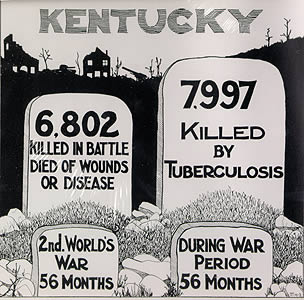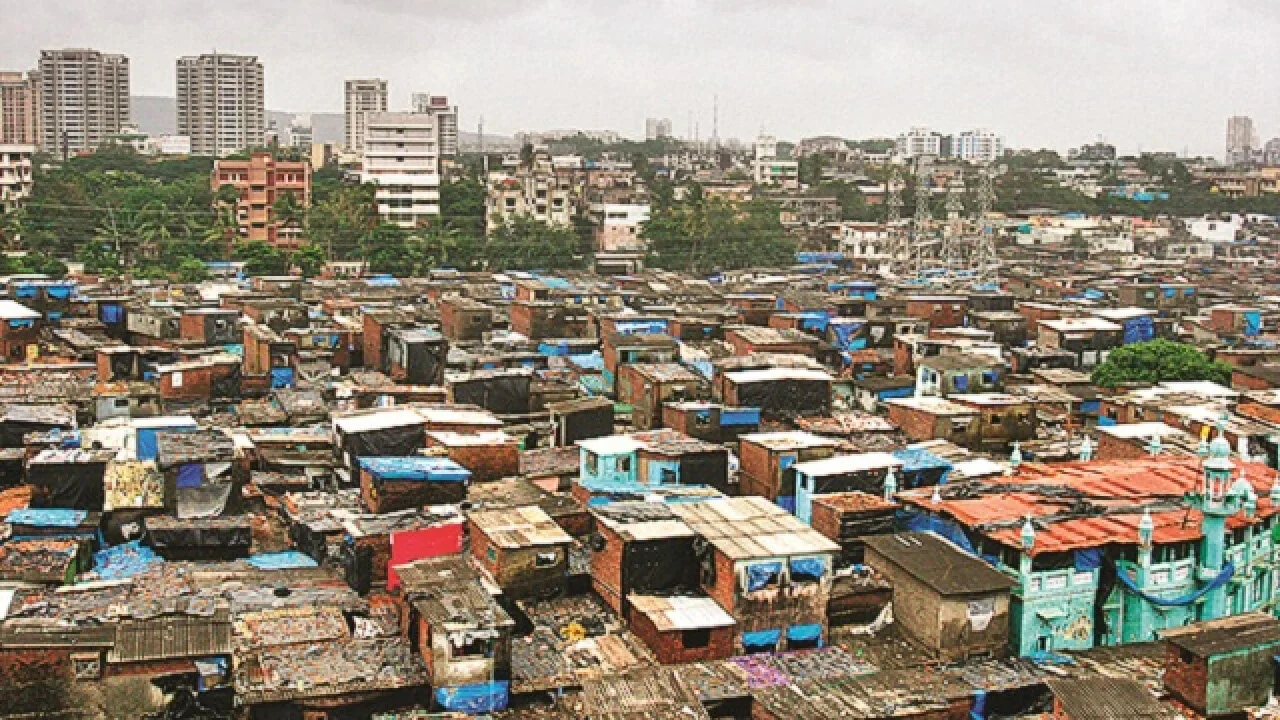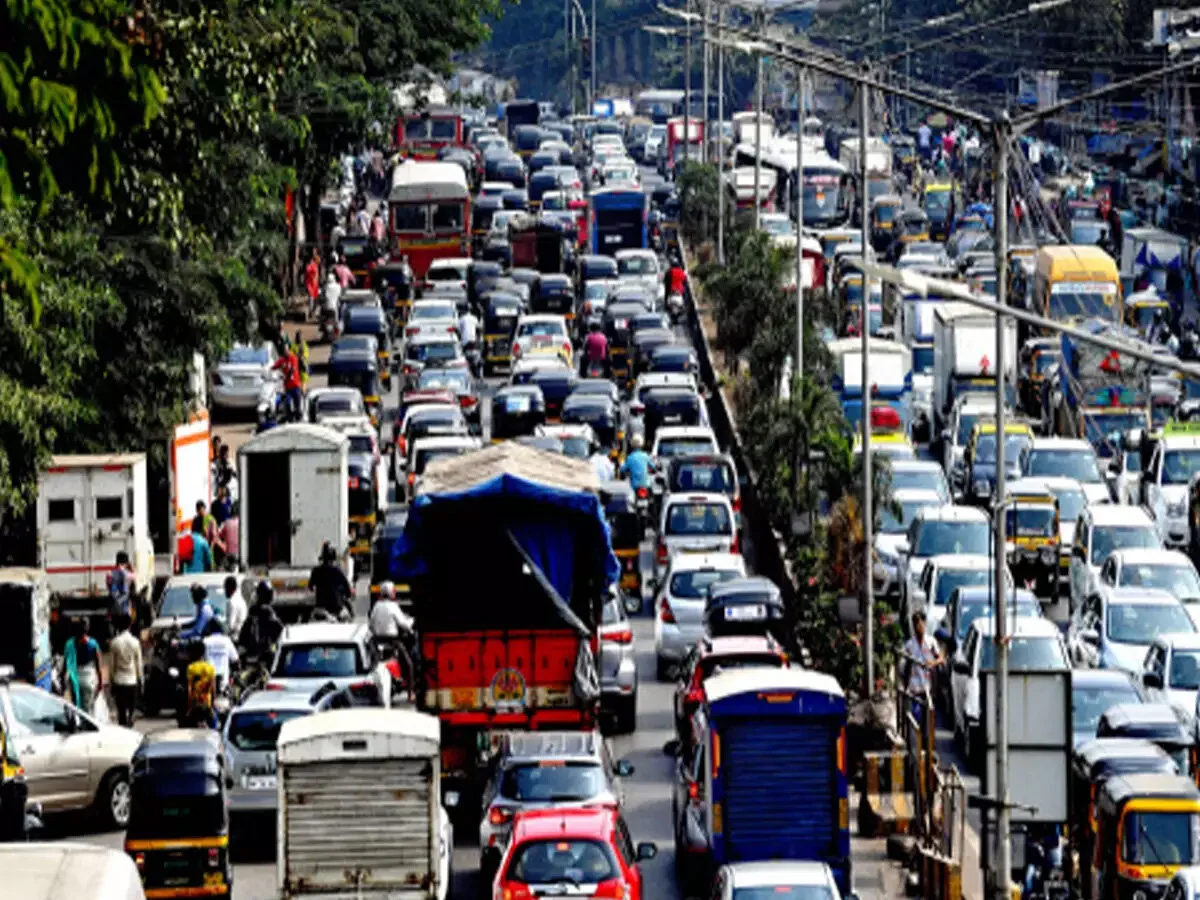Series: Corona Chronicles
Impact of disease and disaster on city design
By Manasi Ranade
Disease and Disaster have repeatedly transformed cities and their designs. A disease or a disaster is a momentary pause, a halt, after which the city recoils, transforms, and comes back stronger. Transformations in city designs are manifested in varied forms – infrastructure, social infrastructure, public policy, and urban governance, as well as socio-cultural and psychological influences on the residents.
The design of London (1666), New York (1800s), Paris (1853), Tokyo (1945), San Francisco (1906), Philadelphia (1900s), Mumbai (1900s), Hyderabad (1591), were all reconfigured and restructured in response to epidemics and poor living conditions that led to these epidemics.
Rapid industrialization led to the rapid growth of cities. Across the world, the population residing in cities grew from 3% in 1800 to 13% in 1900 to a whopping 50% in the 21st century.
High population density, global and rapid migration, and poor housing are some conditions that have often been breeding grounds for various communicable diseases causing epidemics such as tuberculosis, cholera, typhoid, various respiratory diseases, and bubonic plague,. Traveling across the world meant that diseases too could easily spread across the globe, making a pandemic possible. Urban planning practices and the 19th-century modern sanitation system were developed in part as a response to these public health crises.
The modern grid system and Central Park that we see in New York City resulted in a response to constant outbreaks of Tuberculosis in the city.
Hyderabad, was built after the plague hit the walled core city of Golconda. All these epidemics - Cholera, Tuberculosis, the bubonic plague, etc. brought about major transformations – dense cities were decongested to introduce green spaces and open areas, modern sanitation and drainage systems coupled with modernist sanatoria like architecture that allowed for light and ventilation and clean spaces stripped of frivolous decorative elements.
Similarly, rapid and unchecked urbanization has been at the root of disasters – be it the Great fire in London (1666) which destroyed more than half the city, earthquake, and fire in San Francisco (1906), floods in Chennai (2017), etc. Urban planning practices have responded to disasters too, improving the way of life and minimizing the possibilities of any disasters in the future.
Source: www.issuu.com
Architect Christopher Wren’s plan for London City
The London Building Act of 1967 was born through the ashes of the fire and the city was rebuilt using Architect Christopher Wren’s plan for the city - including key features such as - houses of brick or stone with no external woodwork, ban on thatched roofs; streets widened, obstacles eliminated, and the heights of houses determined by their location.
Unite D’Habitation - Commissioned for dislocated people in France after the bombings in World War 2
Image: Paul kozlowski © FLC/ADAGP
In 2020, the Covid-19 pandemic has emerged as a great leveler - it has reminded us of how similar all are in an otherwise tremendously heterogeneous society. The implementation of various measures of urban planning as responses to epidemics or disasters was limited to the affected city and region, however, for the first time, due to the pandemic nature of Covid-19, we are standing at the threshold of reshaping planning practices at a global scale.
In redesigning the future cities, pre-existent issues that impede city development like housing projects, pollution, population density and the resulting stress on infrastructure are significant points for consideration.
Facilities and civic amenities: The pandemic has indicated, though belatedly, that underequipped basic civic amenities like water & sanitation system and a creaky public health system require urgent attention.
Housing for all: Lack of affordable housing, markets, and clustering of livelihood opportunities in certain regions in a city creates an imbalance. A long term solution to this in the form of city design that offers housing for all would ease the situation.
Population Density and growth of smaller cities: We are seeing a new trend of Work from Home emerge in this lockdown, redefining the way we work and live. Trains, buses, metros in cities are always bursting at the seams. It might be possible that this telecommuting will lead to a sort of reverse migration that will increase the need to develop many smaller cities. Also, instead of concentrating on the development of one megacity, the potential of smaller cities is an option worthy of consideration.
Tactical urbanization: It is an unfortunate reality that, COVID-19 pandemic and social distancing norms have brought to our attention the need to create more walkable spaces, larger footpaths, cycling tracks, parks, and open spaces. Let us, as urban planners and designers seize the opportunity given by the pandemic to relook at the design of cities.
References:
1. Yuko,E. (2018). How the Tuberculosis Epidemic Influenced Modernist Architecture.
2. The Architectural Digest
https://www.architecturaldigest.com/story/how-will-coronavirus-impact-cities
3. The Hindu Times
4. https://www.building.co.uk/focus/how-the-great-fire-shaped-modern-london/5083502.article
Author:
Manasi Ranade
Manasi Ranade is an Architect and Urban Manager from CEPT who has worked largely under the Swachh Bharat Mission.
Graphics:
Team Pun:Chat
The Architecture of the Boundaries and Thresholds







